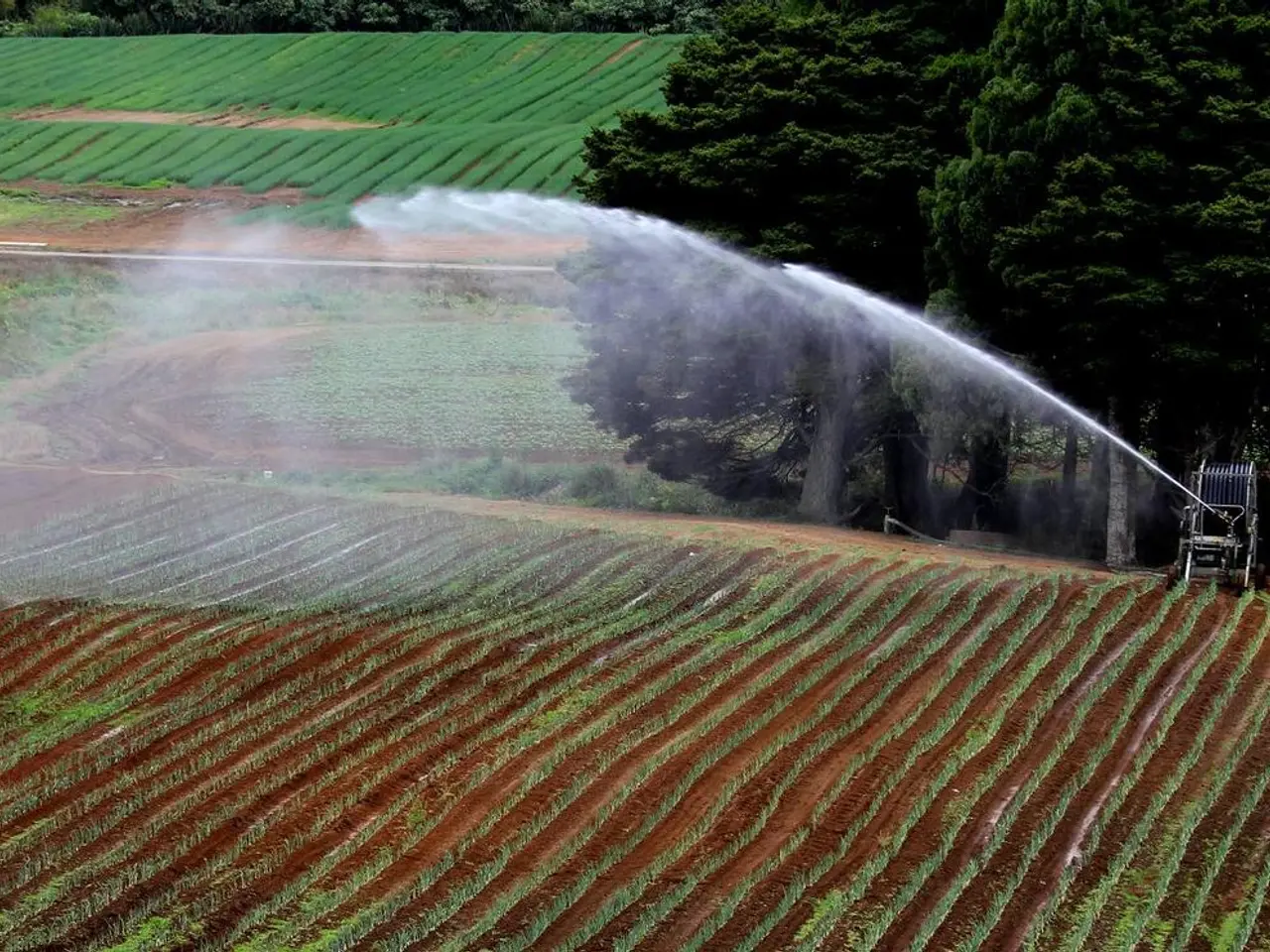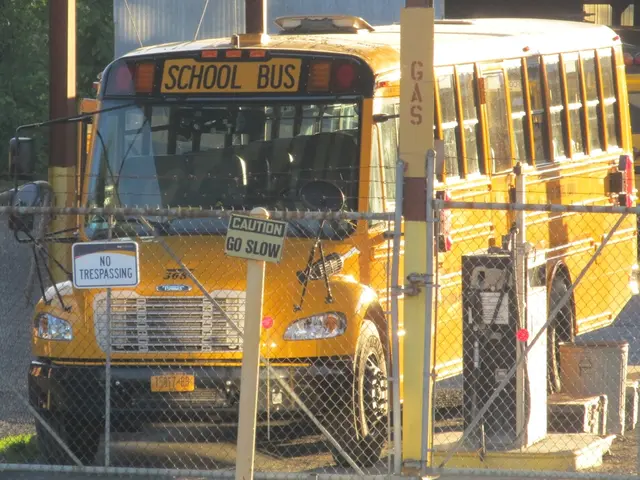Efficient management of irrigation system: strategies to prevent breakdowns
Investing in a well-maintained irrigation system is key to ensuring uniform water distribution, reducing waste, and promoting healthy landscapes and crop growth. Regular maintenance is crucial for the system's longevity and efficiency, as well as for preventing costly emergency repairs.
Here's a step-by-step guide to maintaining your irrigation system effectively:
1. **Regular Inspections**: Schedule inspections at least once or twice a year to identify minor issues early, such as clogged sprinkler heads, leaks, or misaligned components. Early detection can prevent small malfunctions from becoming major problems.
2. **Cleaning Components**: Remove dirt, sediment, and mineral deposits from sprinkler heads, nozzles, filters, and valves to prolong system lifespan and maintain water flow. Cleaning filters and nozzles every season change or more frequently if the water is very hard is recommended.
3. **Valve Maintenance**: Periodically clean and test valves to ensure proper operation; check valve components for wear and tear and repair or replace as necessary to avoid leaks or failures.
4. **Electrical Checks**: Inspect electrical connections, such as wiring for controllers and solenoids, to ensure they are secure and free from corrosion.
5. **Pressure Management**: Monitor and adjust water pressure using pressure regulators or booster pumps as needed to keep the system operating within optimal ranges and prevent damage. Abnormal pressure can indicate leaks, obstructions, or damaged solenoids, so each zone should maintain stable pressure.
6. **Controller Management**: Update controller settings and firmware regularly to match seasonal watering needs and reduce errors that can waste water. The controller should be correctly configured and follow best programming practices.
7. **Flushing and Filtering**: Flush the irrigation system periodically to remove sediment and debris; use filters to prevent clogging, particularly in drip irrigation setups.
8. **Documentation**: Keep a detailed log of maintenance activities, repairs, and inspections, which helps track system performance over time and supports warranty claims or service contracts.
9. **Seasonal Maintenance**: Perform specific seasonal tasks such as winterization and spring startup to protect the system from extreme weather conditions and prepare it for efficient operation throughout the year. In winter or rural areas, pipes and fittings can be damaged by freezing or animals, requiring a complete inspection at the start of the season.
10. **Lubrication**: Periodically lubricate moving parts like sprinkler heads to reduce friction and wear, ensuring smooth operation.
Regular maintenance ensures plants receive the exact amount of water they need, preventing unusually wet areas or suspicious puddles in the irrigation system. When complex repairs or diagnostics are needed, professional service may be advisable.
Embracing a regular maintenance routine for your irrigation system supports efficient irrigation by preventing common issues such as clogs, leaks, misalignment, electrical failures, and pressure problems. The latest innovations in irrigation systems can offer improved efficiency and durability, making them worth considering for upgrades. Don't overlook the importance of maintaining your irrigation system – it's crucial for its effectiveness.
- A well-maintained irrigation system is part of an efficient home-improvement strategy, as it ensures the longevity and productivity of the system.
- For home-and-garden enthusiasts, incorporating regular maintenance practices into the lifestyle can lead to healthier plants, reduced water waste, and a more effective irrigation system.





